The Second Coming of (Lesbian) Jesus
Let’s talk about what shapes the character of Kallen Kaslana into a religious symbol.
Her Story
Kallen Kaslana was deeply involved with the Church of Schicksal from birth until the age of 23. She was the daughter of Francis Kaslana, making her the member of a family in close cahoots with the Apocalypse family that reigned over Schicksal. She met Otto Apocalypse as a child, becoming his best and only friend, asking him to join her in her quest of saving the world and making it a better place. When her father died in battle, she refused to let Otto sacrifice himself to resurrect him. Her selfless morality was strong even at a very young age.
This friendship with the son of the bishop brings her closer to the Church, eventually becoming Captain of the Valkyrie order thanks to her incredible strength. She became known as the legendary paladin of the Church, fighting in the crusades despite her doubts about their purpose, but when she’s set up against the Immortal Celestial of the opposing army, she’s swiftly defeated. The Immortal asks her an important question: what is it that she wishes to protect?
Throughout the entirety of Elan Palatinus, Kallen begins to realize how corrupt the Church is, from trying to take children from their mothers and arresting playwrights under the excuse of heresy, to other things we will not mention yet.



To fight this corruption, she asks her friend Otto for help, since he has connections. Together, they build a fake identity for Kallen as the Rogue Extraordinaire, a vigilante with ideals similar to those of Robin Hood. She plans to steal a priest’s money, with Otto acting as a distraction while she breaks into the priest’s house.
Despite being caught, she succeeds and distributes the money around town—thanks to her, it’s raining money!
As the Captain of the Valkyries, Kallen returns to her post the day later, carrying on as usual. One of her Valkyries, Eleanor Schariac, talks about last night’s theft, stating that she senses a growing heresy. She already bears resentment towards Kallen for her defeat in the crusade a year prior. She’s been growing suspicious of her, even more so when Kallen tries to imply that the thief was perhaps trying to criticize the Church. Eleanor leaves the premises infuriated at Kallen’s lack of faith.
Later, Kallen, under the guise of the Rogue Extraordinaire, strikes again. However, as she’s about to leave, she notices a group of people taking away an unconscious girl. As she’s following them, she notices that they’ve lead her to a place she’s been to before—the house of the priest she stole from last time.
As she walks into the basement, she notices the symbol of the Valkyrie order she belongs to plastered on the door. When the door opens, she’s greeted by the haunting scene of a total of seven girls being crucified.
Unbeknownst to her, Otto had been aware of this all along, concealing it from her on purpose. The priest tells her these tests are meant to find a cure for the Plague, but she calls out his lie. When the Plague broke out 5 years prior, Otto found a cure. (Unbeknownst to her, almost every patient that went under his knife died. Despite that, he managed to save the life of the girl we came to know as Eleanor Schariac.) As the priest’s lie is exposed, he reveals the real purpose of these tests is to unlock the powers within the black box for the Church to allegedly use against the Honkai. Eleanor then steps in: as her doubts of Kallen betraying the Church are confirmed, she brandishes her weapon. As the fight between them becomes a threat to Kallen’s life, Otto steps in to stop Eleanor, finally revealing himself as a part of this.
After this ordeal, Kallen realizes that the corruption of the Church is beyond her control—even her best friend, who she’s known for much of her life, has been corrupted.
“I know that one can only prevent a political disaster by immersing oneself in politics— But Otto… How is what you have done different than what Viktor did, or what your father did?”
Now I skip over some events of Elan Palatinus to get to the ending: Kallen puts her foot down, rebels against the Church, then leaves, promising to seal the power inside the black box that was corrupting everyone that desired it.
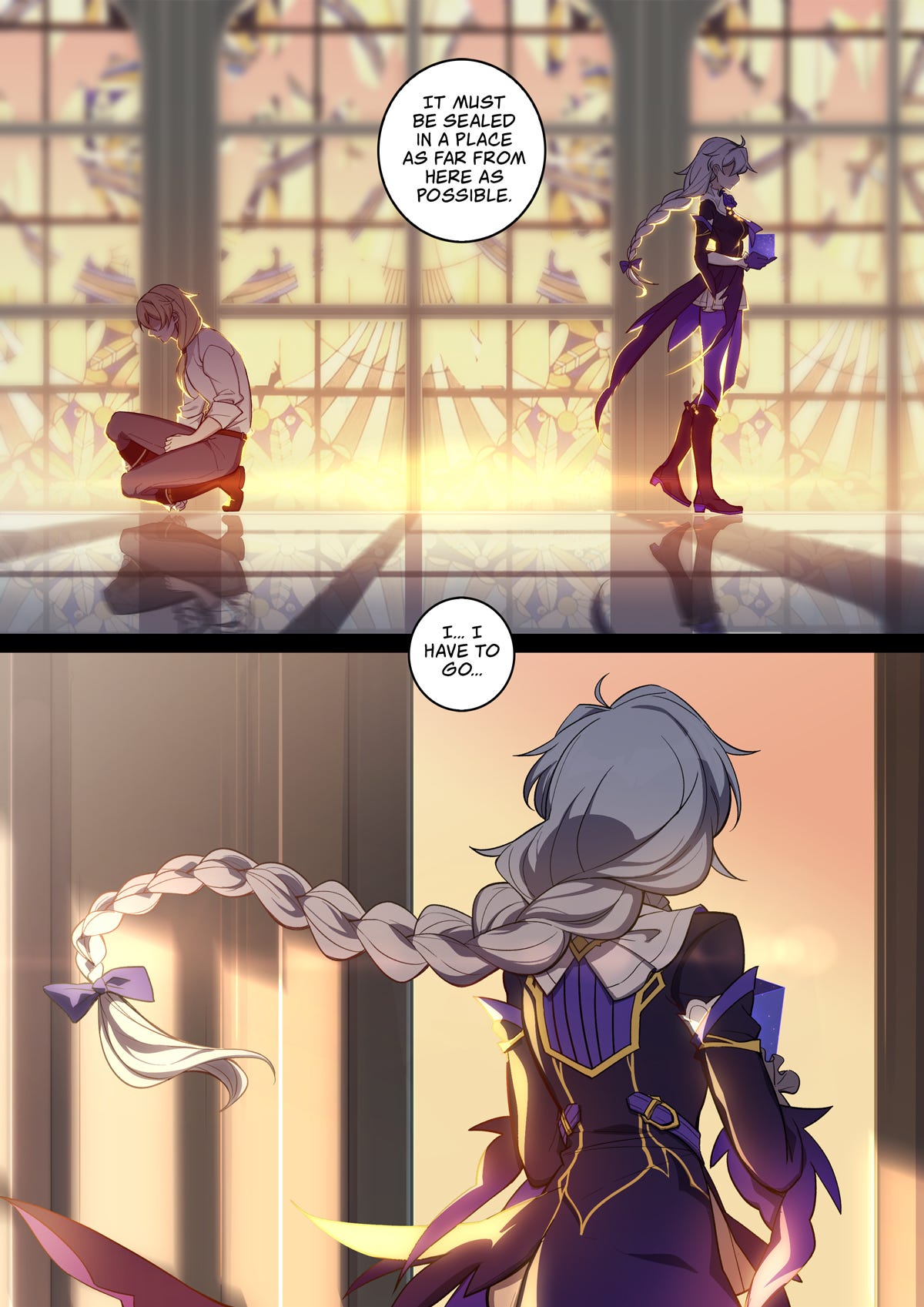
She has made her choice. She flees from Schicksal, running from her imminent trial. She seeks the Immortal Celestial to help her seal the box, but when she gets to her place, everything has been burnt down and she’s nowhere to be found. Disconnected events happen and she finds herself in Yae village, where she meets Yae Sakura, who saves her life.
Important Note: The comic this page is from is connected to Houkai Gakuen, which is another game entirely. Some of the events were reused for the story of Honkai Impact 3rd while others are mismatched with the story in Elan Palatinus, but its art is used for flashbacks in the comic as well as other Honkai Impact 3rd content, so I’ve decided to use it as a point of reference regardless.
The power inside the black box breaks out and chaos ensues in Yae Village. The Honkai within it exploits Yae Sakura’s built-up hatred of humanity to manipulate her, possessing her and turning her into a pseudo-Herrscher. Sakura fights back against the power when Kallen comes in harm’s way, but a fox possessed by the same power tries to kill Sakura. Kallen jumps into action to save her.
After losing her sister Yae Rin, the Miko closed her heart to the rest of the world. She transformed herself into a murderous blade of sacrifice and did whatever the villagers expected her to do, for such was her fate from the day of her birth. One day came when someone said to her: "I will protect you." As a Miko expected to protect everyone, such words allowed her to feel redemption for the first time.
A variety of tragic events follow and Kallen ultimately has no choice but to seal Sakura in the black box alongside the power that corrupted her. After losing her beloved, Kallen surrenders herself into the hands of the Church of Schicksal.
Schicksal places her on trial and decides on the death penalty for her. She’s imprisoned with only one way out: to marry into the Apocalypse family. She refuses.
“Tell the Overseer, Kallen rejected his request, and it was her own decision. She will never subscribe to what Schicksal has done, and she despises its unscrupulous rotting core underneath its shiny, magnificent shell. Kallen Kaslana would rather die. This is her defiance, though it'll just be defiance…”
The night of her execution, Otto unleashes a horde of Honkai Beasts upon the city square to cause enough commotion for her to escape. Kallen, however, stays to protect the people. As she puts herself before a child to protect them, a Honkai Beast impales her. It doesn’t take long for her injury to claim her life.
Kallen’s life ends, but her legacy doesn’t.
His Righteousness Endures Forever
Kallen’s story tells us that she’s a selfless character, so much that she’s willing to put her life before anyone else’s.
Despite her strength and nobility, the men in power manage to exploit her vulnerability, using her as a weapon of war. However, she shakes the faith they’ve used to puppeteer her and rebels against them, becoming known as a heretic who refused to recant her criticism of the Church. She turns into a martyr as a result.
“She rejected all plans to break out of prison, and awaited death. During her trial, she stubbornly stuck to her views, ensuring her execution.
Maybe for her… it was a final act of resistance against this unjust world.”
After she dies, she gains the title of the “Holy Maid”. There’s even an unfinished book on her 36 teachings, which is likely a work of fiction given its contents, but it goes to show how far the image of Kallen as a Saint went.
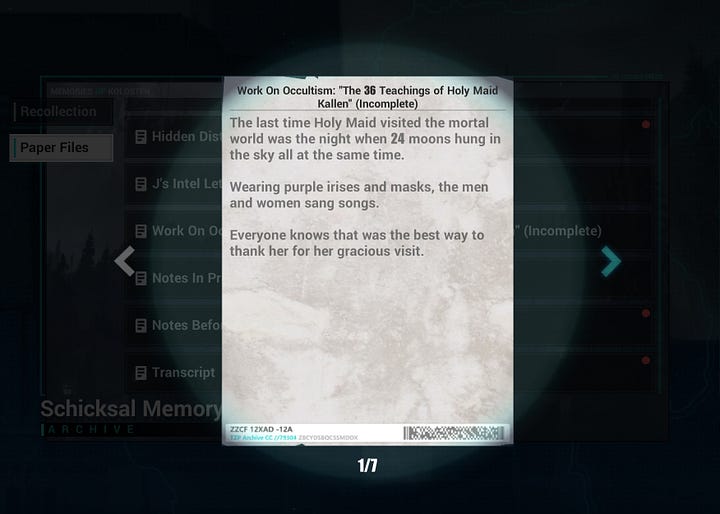
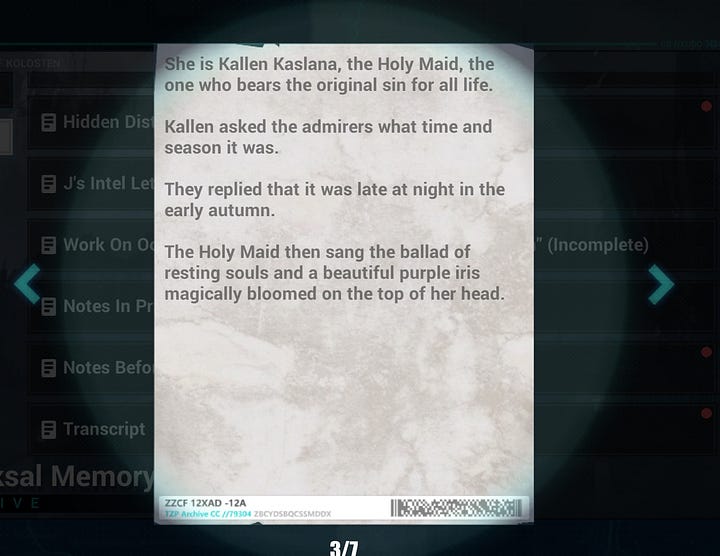
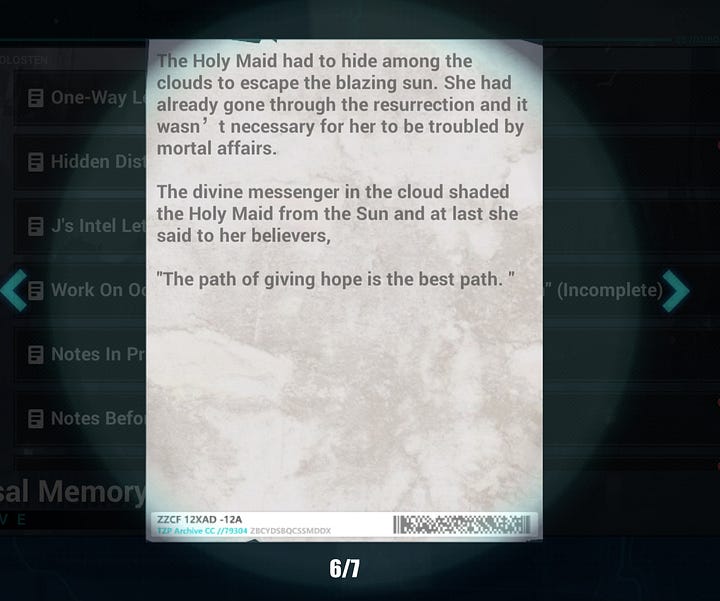
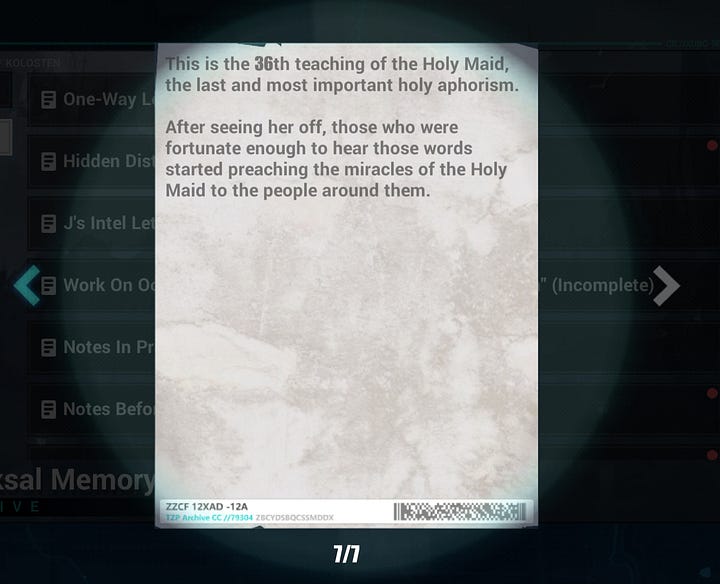
This manuscript shows us that she’s truly become a religious symbol.
“Yeah. They believed that Kallen was the only “Holy Maid” in the world. They believed that Kallen’s death would atone for the sins of all living beings.”
Now, we finally get to rummage through the religious symbolism that surrounds her. Not only does Kallen become a source of faith as her image becomes sanctified into the Holy Maid, but a belief develops where people begin to believe her death would atone for their sins of all living beings. Does that sound familiar?
“He is the atoning sacrifice for our sins, and not only for ours but also for the sins of the whole world.” — John 2:2
From Your Birth You Were Called A Rebel
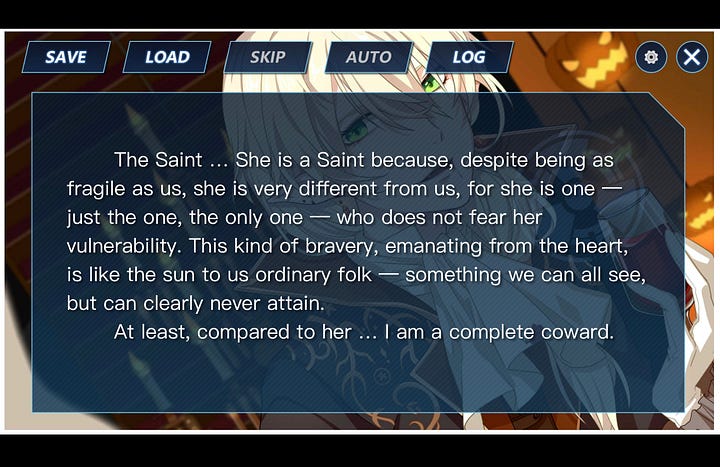
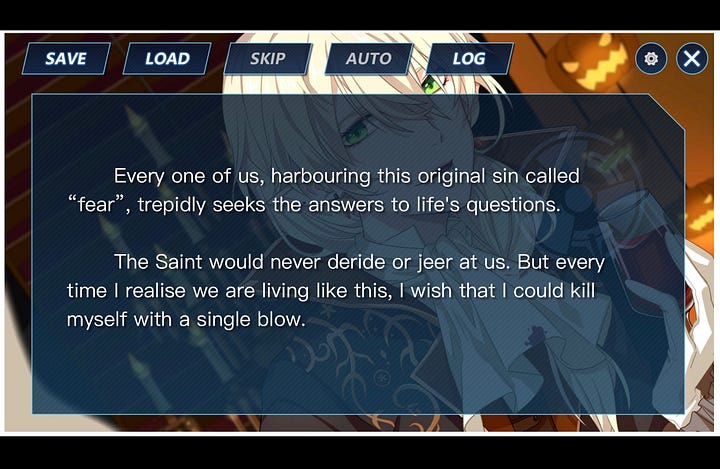
“The Saint… She is a Saint because, despite being as fragile as us, she is very different from us, for she is one — just the one, the only one — who does not fear her vulnerability. […] Every one of us, harbouring this original sin called “fear”, trepidly seeks the answers to life’s questions.”
This letter is much longer than is shown here. Otto mainly rambles about how unjust the world is, but this specific part stands out to me. He’s implying that Kallen, unlike us, does not bear the Original Sin. However, he pinpoints the Original Sin as fear. In actuality, the Original Sin is a term that implies that people sin because they are born into this world guilty of sin, a condition originating from Adam’s fall into temptation.
Jesus does not harbour this so-called Original Sin. He, like Adam, was born perfect, but unlike Adam, he did not sin. That’s why he could atone for the world’s sins through his death; he could cleanse the stain brought onto mankind. This belief that her death could atone for the world’s sins was placed onto Kallen as well.
“Consequently, just as one trespass resulted in condemnation for all people, so also one righteous act resulted in justification and life for all people. For just as through the disobedience of the one man the many were made sinners, so also through the obedience of the one man the many will be made righteous.” —Romans 5:18, Romans 5:19
Let’s quote some more Bible verses that are of interest. By reading Romans 5:21, we can notice that there is some sort of promise of eternal life for believers of Christ.
“For this is the will of my Father, that everyone who looks on the Son and believes in him should have eternal life, and I will raise him up on the last day.” —John 6:40
It’s often interpreted as the forgiveness of the death sentence placed unto sinners.
“For since death came through a man, the resurrection of the dead comes also through a man. For as in Adam all die, so in Christ all will be made alive.” —1 Corinthians 15:22
To put it simply, have faith and you will be made eternal. Sounds familiar?
Everyone Who Believes In Me Shall Never Die

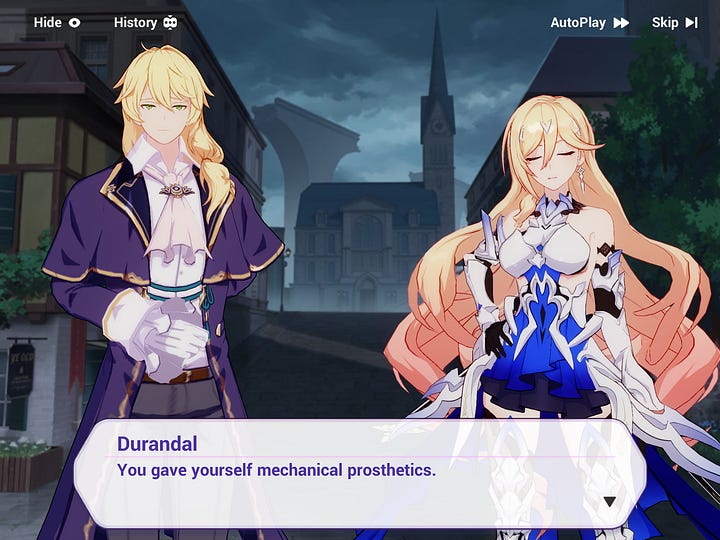
Here’s Otto Apocalypse. Again. At the end of the day he’s a regular human, who, through technological enhancements, made himself immortal.
“When the perishable has been clothed with the imperishable, and the mortal with immortality, then the saying that is written will come true: “Death has been swallowed up in victory.” —1 Corinthians 15:58
Jesus said to her, “I am the resurrection and the life. The one who believes in me will live, even though they die; and whoever lives by believing in me will never die. Do you believe this?”
“Yes, Lord,” she replied, “I believe that you are the Messiah, the Son of God, who is to come into the world.” —John 11:25, John 11:26, John 11:27
So, this God that’s granted him victory over death…
By Grace You Have Been Saved
“It was a spring morning… He was a sickly boy without any friend, and he ran into you, who got across the wall. You said hello to him and asked him to play along. At that very moment… The boy received his lifelong salvation.”
…is Kallen, of course. Bringing salvation, receiving grace, similarly named things are all things that happen through God.
“This is the world taking revenge against her. But her believer will never give in.”
He calls himself her believer, so at this point, it couldn’t be any more obvious that he’s a religious fanatic. He doesn’t believe in God or anything that Christianity tells him (I would get into this, but I’ve had enough of him in an article that’s not about him), but he believes in her.
You wish you had a devotee this dedicated. Let’s let him be for a moment and get back to Kallen!
The Devil Had Already Put It Into The Heart of Judas Iscariot
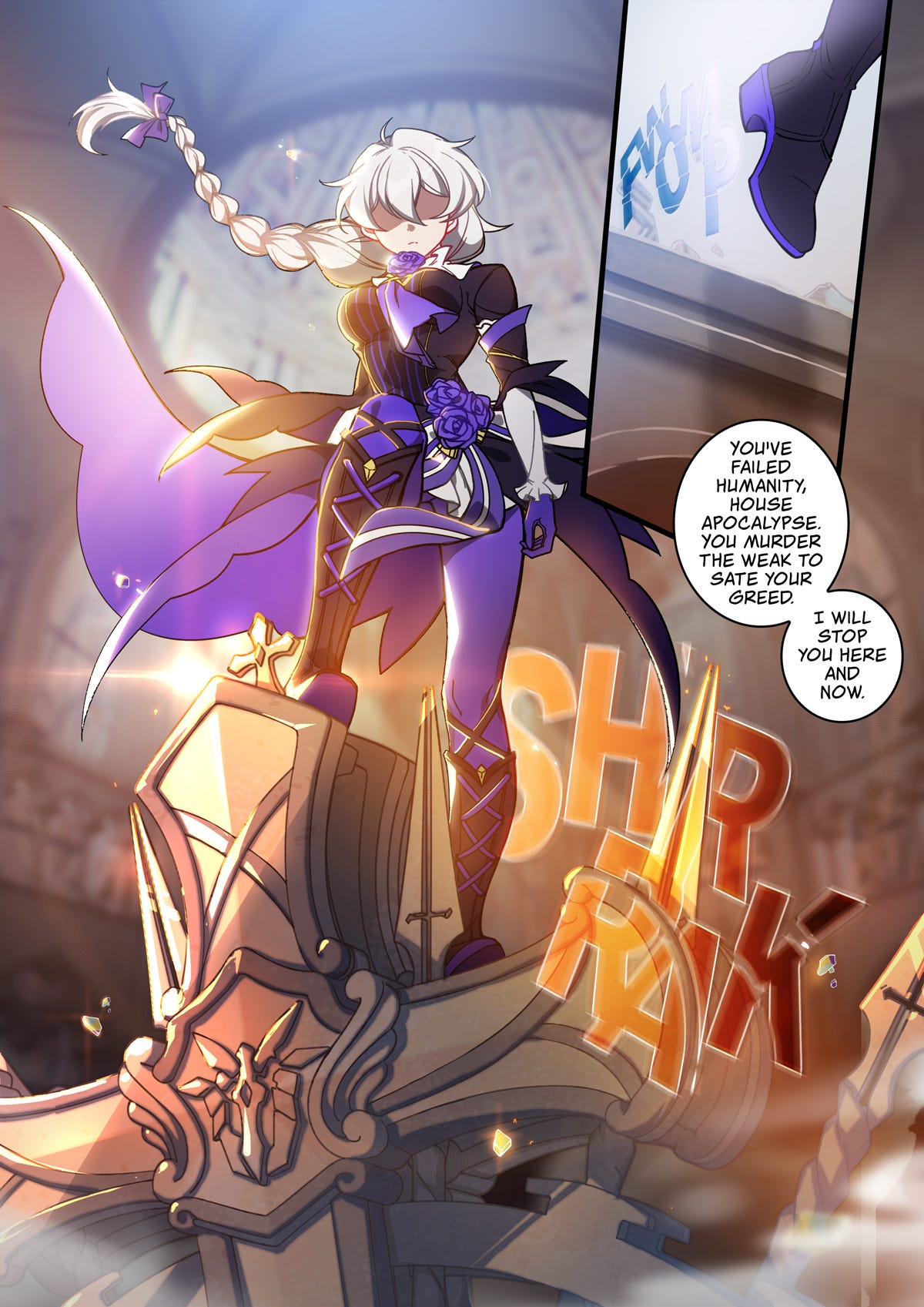
Her weapon is known as the Oath of Judah. She was the only one able to wield it at that time. It’s in the shape of a Latin cross, so its symbolism is obvious.
Its name obviously references Judas Iscariot, infamously known as the apostle who betrayed Jesus Christ.
“And while they were eating, he said, “Truly I tell you, one of you will betray me.”
Then Judas, the one who would betray him, said, “Surely you don’t mean me, Rabbi?”
Jesus answered, “You have said so.” — Matthew 26:21, Matthew 26:25
Kallen betrayed the Church she’d placed her faith in all her life. Eleanor even tells her this:
This, however, is not the end nor the beginning of the Judas parallels. Let’s look over a quick rundown of the events following the last supper: Jesus was arrested. Judas hanged himself out of guilt. Jesus was crucified.
Now let’s see how these events relate to Kallen. She, too, has a last supper. She shares wine with Otto. I bet this sounds familiar!
“Then he took a cup, and when he had given thanks, he gave it to them, saying, “Drink from it, all of you. This is my blood of the covenant, which is poured out for many for the forgiveness of sins.” —Matthew 26:27, Matthew 26:28
After her last supper, she’s set to be executed by hanging. This doesn’t happen because of aforementioned events, but with the method of execution, she parallels not just Jesus, but Judas too.
Coincidentally, the same visual novel where we get to read a lot about Kallen as a Saint has the Last Supper in the background of one of the scenes.

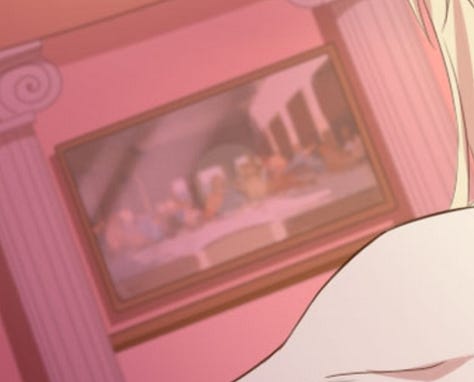

If Mercy and Doom in Your Heart Attend, Then Blame My Feeble Wit
This illustration, found in the Herrscher of Sentience’s “Shattered Swords” Stigmata set, is likely a reference or homage to La Pietà by Michelangelo Buonarroti. We can find similarities in the composition, the sorrowful expression of the character taking place of the Virgin Mary (Otto Apocalypse) and subject matter, as Otto holds a lifeless Kallen, who we’ve established holds a similar role to that of Jesus—she quite literally takes his place here.


Given the clothes that they’re wearing, it’s safe to assume that this takes place during the time period where Otto travels through Shenzhou in 1496 (coincidentally, only year off from the time of creation of La Pietà) 19 years after Kallen’s death in 1477. Otto is holding her corpse, just like the Virgin Mary is holding Jesus’ corpse.
This sculpture’s name is formally translated in English as “Our Lady of Piety”. Piety is a theological concept that celebrates the affection, respect, and obedience that a believer has for God and for other sacred things.
I would like to point out, however, that pietà as a word can be translated to “mercy”, “compassion”, or “pity”, depending on context. This leads us, full circle, back to Otto—or at least someone who looks and acts like him.
Other Seeds Fell Among Thorns
In a life-threatening moment, Otto sees an hallucination of Kallen. She spares no time to introduce herself. She begins the conversation by quoting Macbeth’s soliloquy from Act V, Scene 5, repeatedly quoted by Otto himself various times through the story. She continues quoting Macbeth as Otto begins to panic.
“Angels are bright still, though the brightest fell; though all things foul would wear the brows of grace, yet grace must still look so.
From the beginning, you and I were different.
It's been so long and yet you... Only you aren't able to accept my death.”
The verse in this quote is from Act IV, Scene 3 of Macbeth. Allegedly, it refers to Lucifer, as he was the brightest of angels before he fell.
This depiction of Kallen in his mind is wearing a crown of thorns, much like Jesus did when he was crucified.
You Who Dwell In The Dust, Awake And Sing For Joy
“The Son of Man must be delivered over to the hands of sinners, be crucified and on the third day be raised again.”
Otto, guilt-ridden to the point of insanity after killing Kallen, becomes obsessed with the idea of reviving her. It is, of course, an impossible feat—even though the world of Honkai Impact 3rd has made many technological advancements, many of which were thanks to Otto, bringing the dead back to life is out of the question.
He has a lifetime before him to find an answer to this question. He kills a myriad of people in the process of searching for it—only then does “GOD” reveal to him that he has to sacrifice his life.

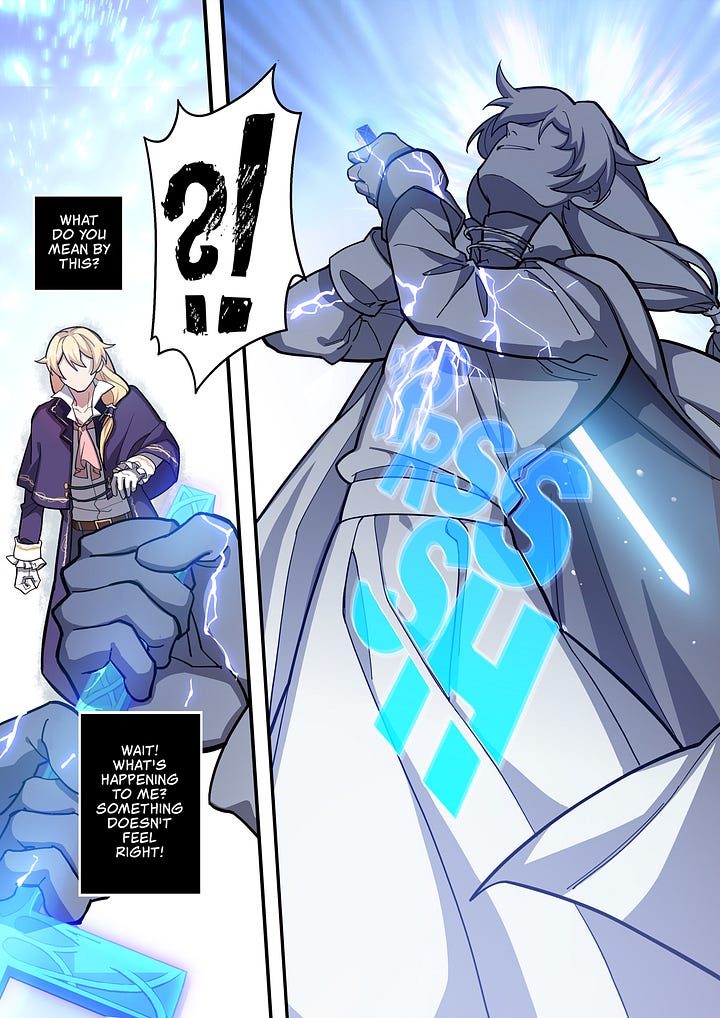
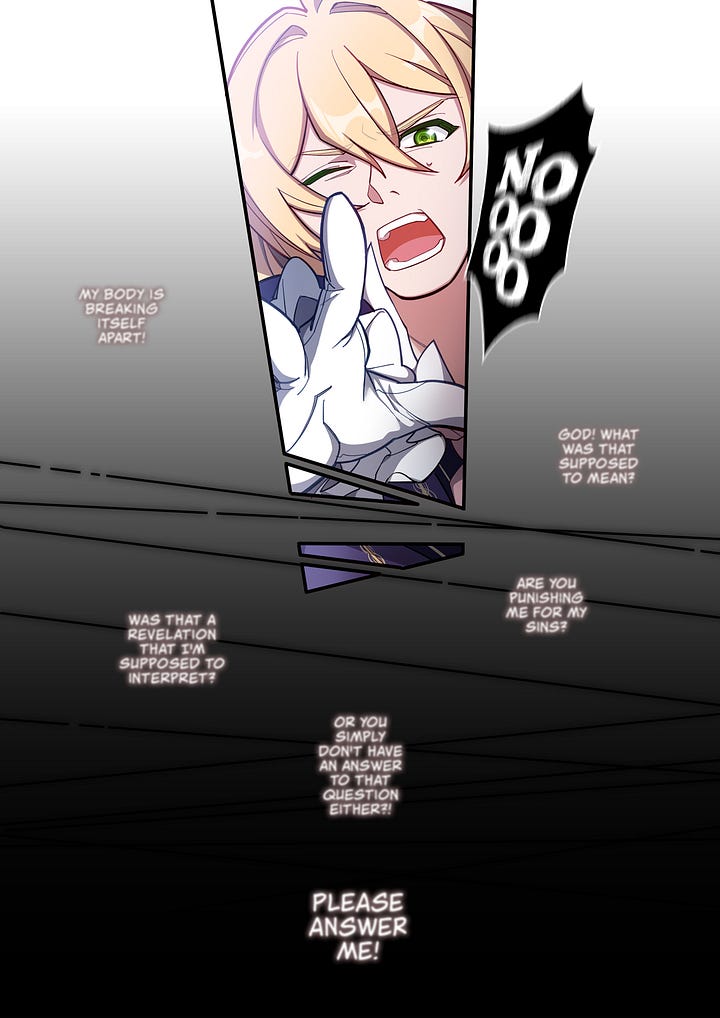
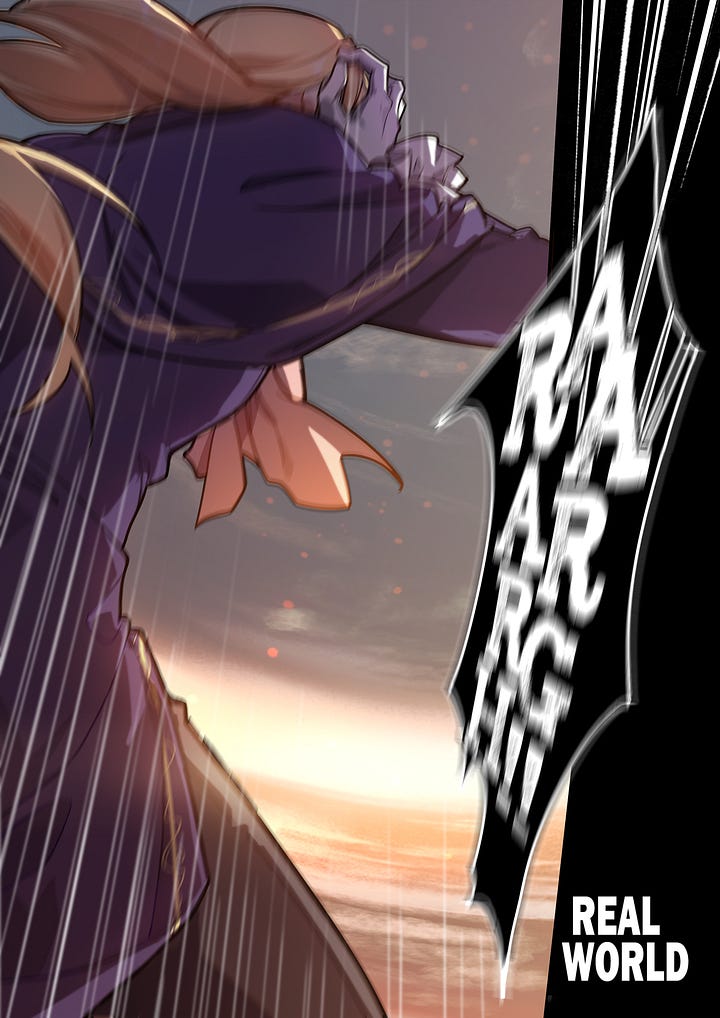
17 years pass before he puts God’s revelation into action. He finds a Bubble Universe where Kallen hasn’t died yet and intervenes during her execution, sacrificing his life to save her from the Honkai Beast that killed her five centuries ago, becoming a fiery flame in the process—successfully saving Kallen, who briefly exchanges words with him before he breathes his last.
Farewell, my great inventor.
After 540 years, Kallen has risen.
But The One Who Endures to The End Will Be Saved
I believe I’ve gone over everything I’ve found. I call Kallen The Second Coming of Lesbian Jesus because in the story of Honkai Impact 3rd, chronologically, Elysia descended before her. The parallels Elysia holds to Jesus are no joke, but I will look over them in a separate future article.
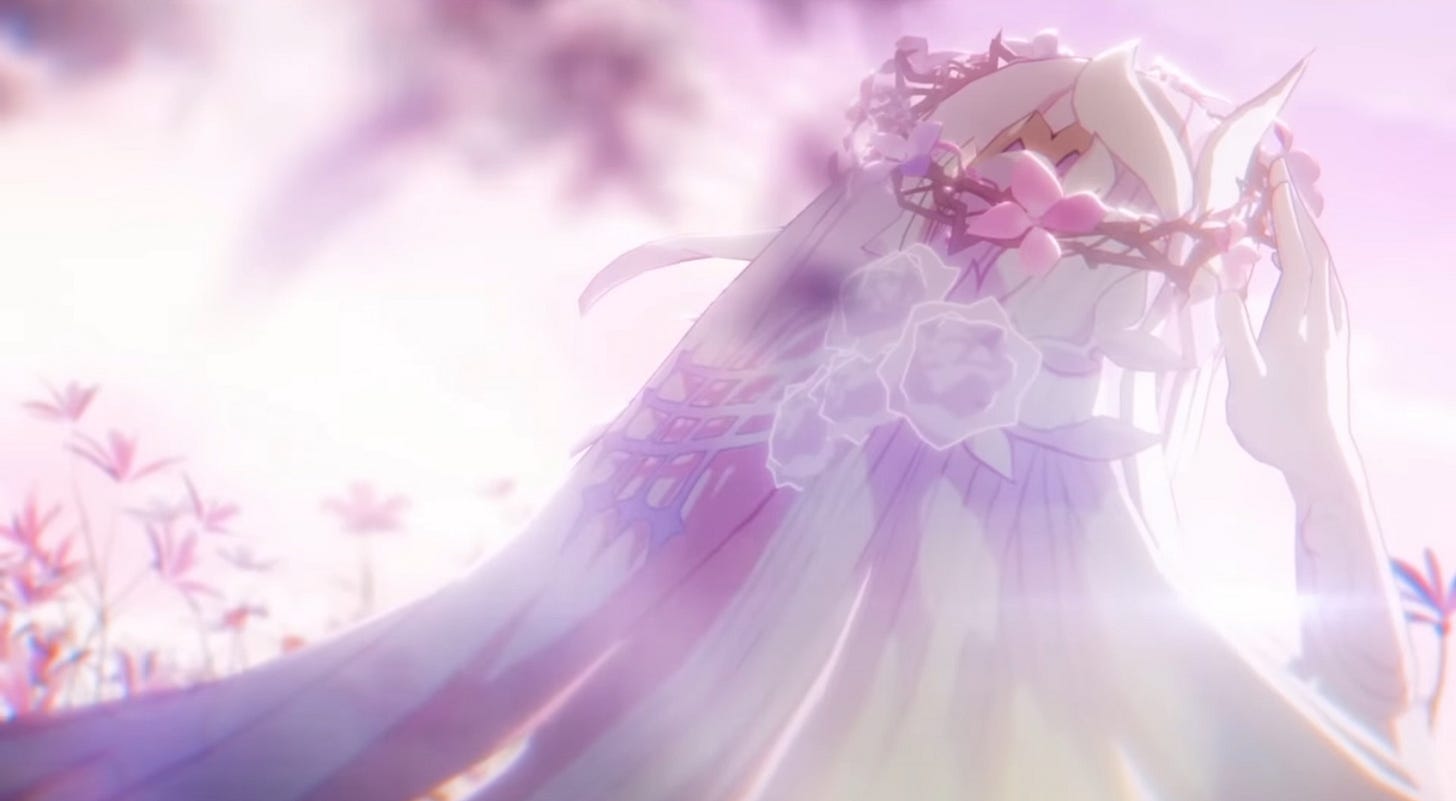
Sources, credits, etc.
English Standard Version of The Bible
Houkai Gakuen EX - Sakura Arc
New International Version of The Bible
“Non ha l’ottimo artista”, by Michelangelo Buonarroti, translated by John Frederick Nims
Thus Spoke Apocalypse, Chapters XXVI, XXVII, XXVIII
Thus Spoke Apocalypse, Schicksal Memory Bank, Recollection “Escape”
“Christ Crucified”, by Diego Velázquez
“Head of Christ Crowned with Thorns”, by Guido Reni
“La Pietà”, by Michelangelo Buonarroti
“The Last Supper”, by Leonardo Da Vinci
Titles for each segment are excerpts from The Bible, except for “If Mercy and Doom in Your Heart Attend, Then Blame My Feeble Wit”, which is taken from one of Michelangelo’s poems that were translated into English by John Frederick Nims.
Written by @voidarchivess on Twitter / @aeonophagic on Tumblr. Contact through either means if there’s anything I missed.






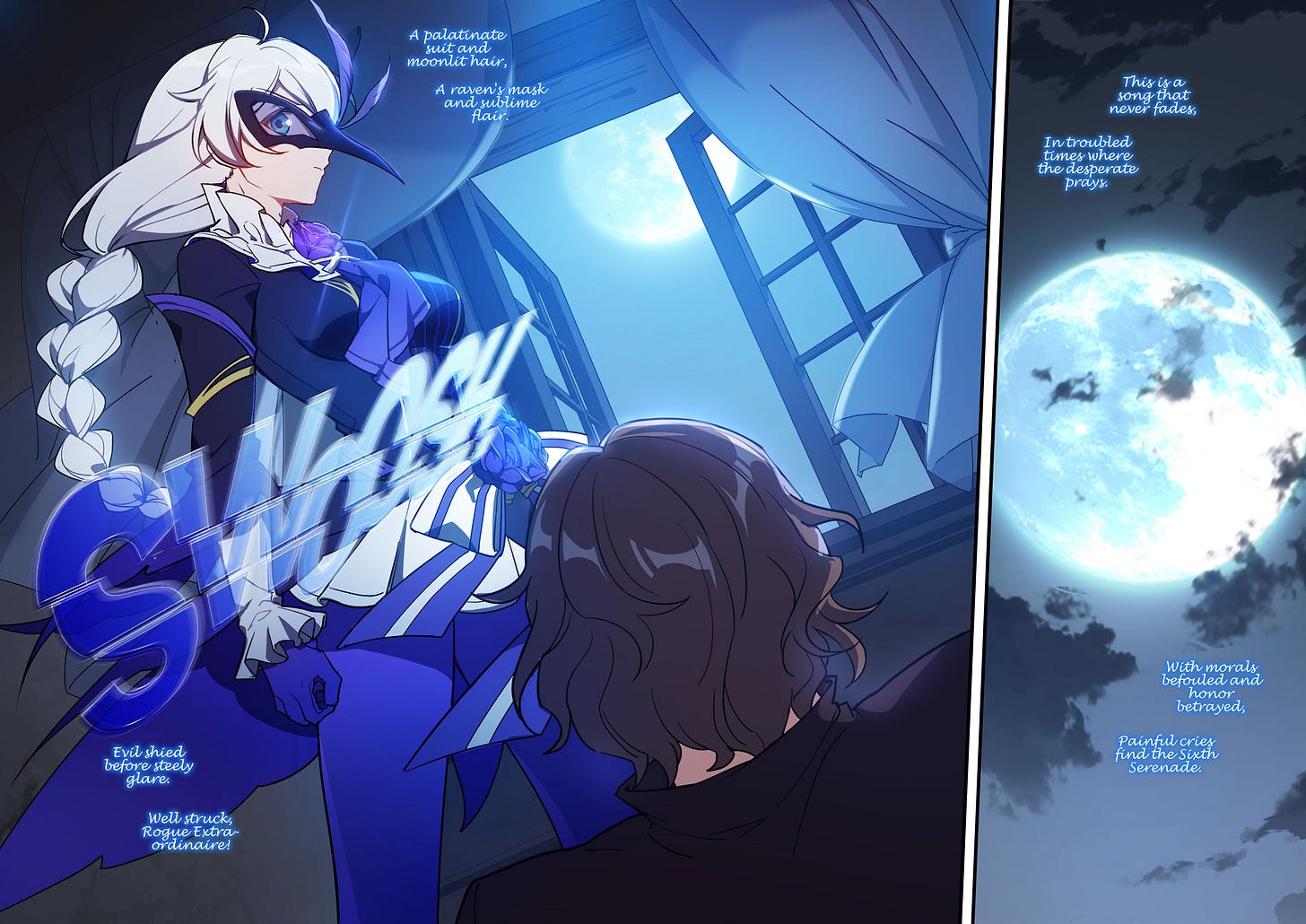



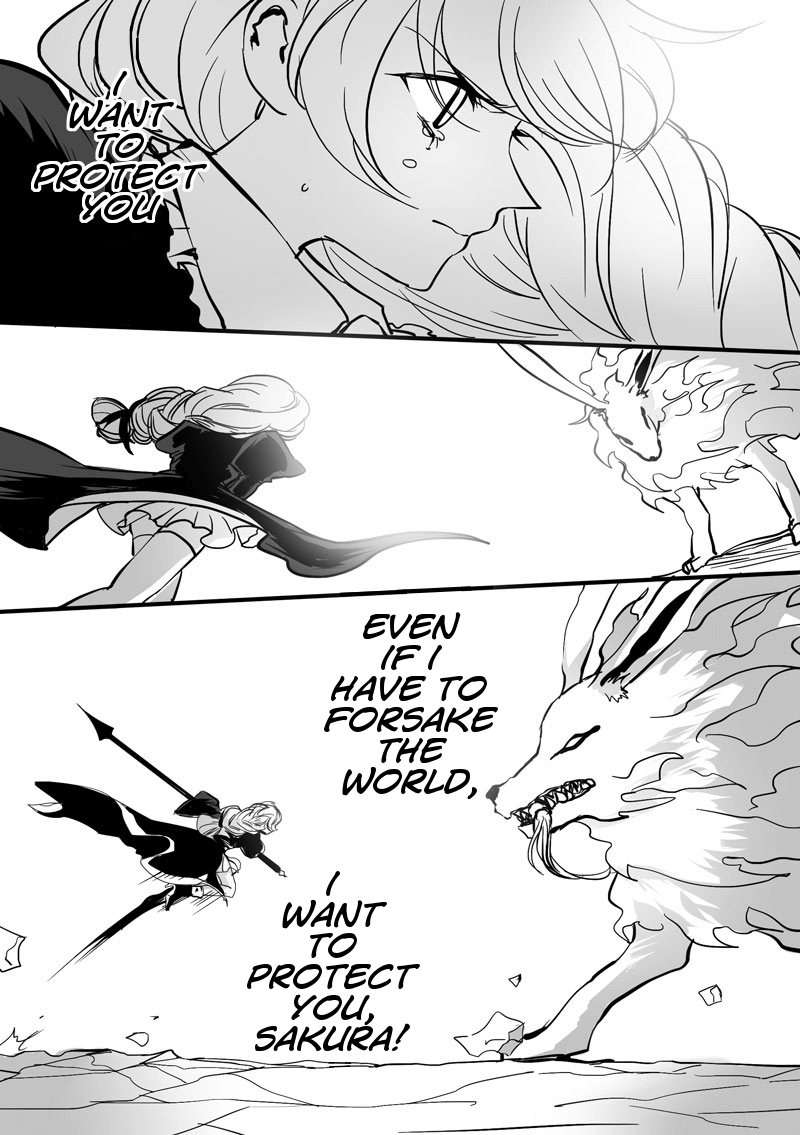
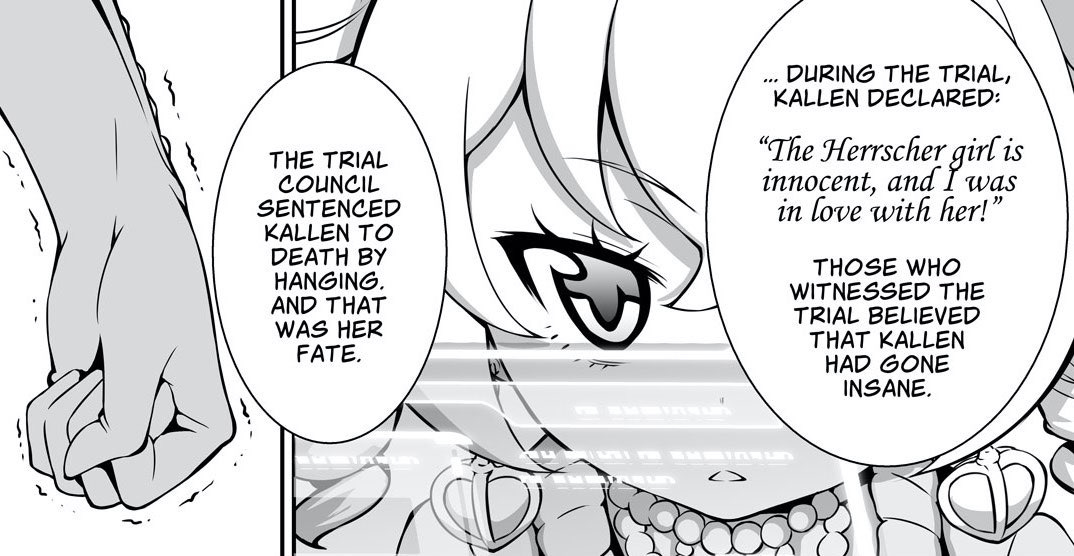
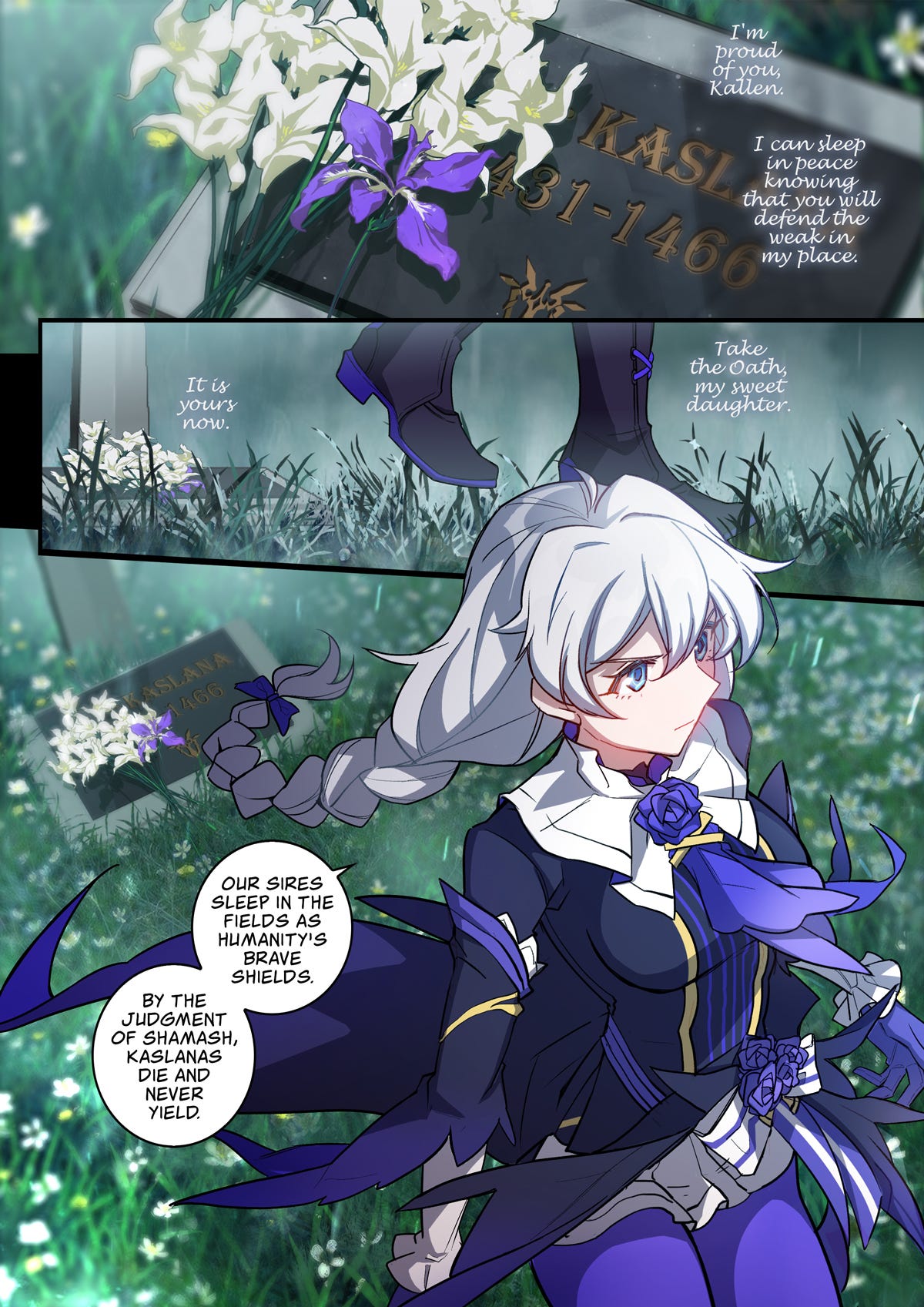
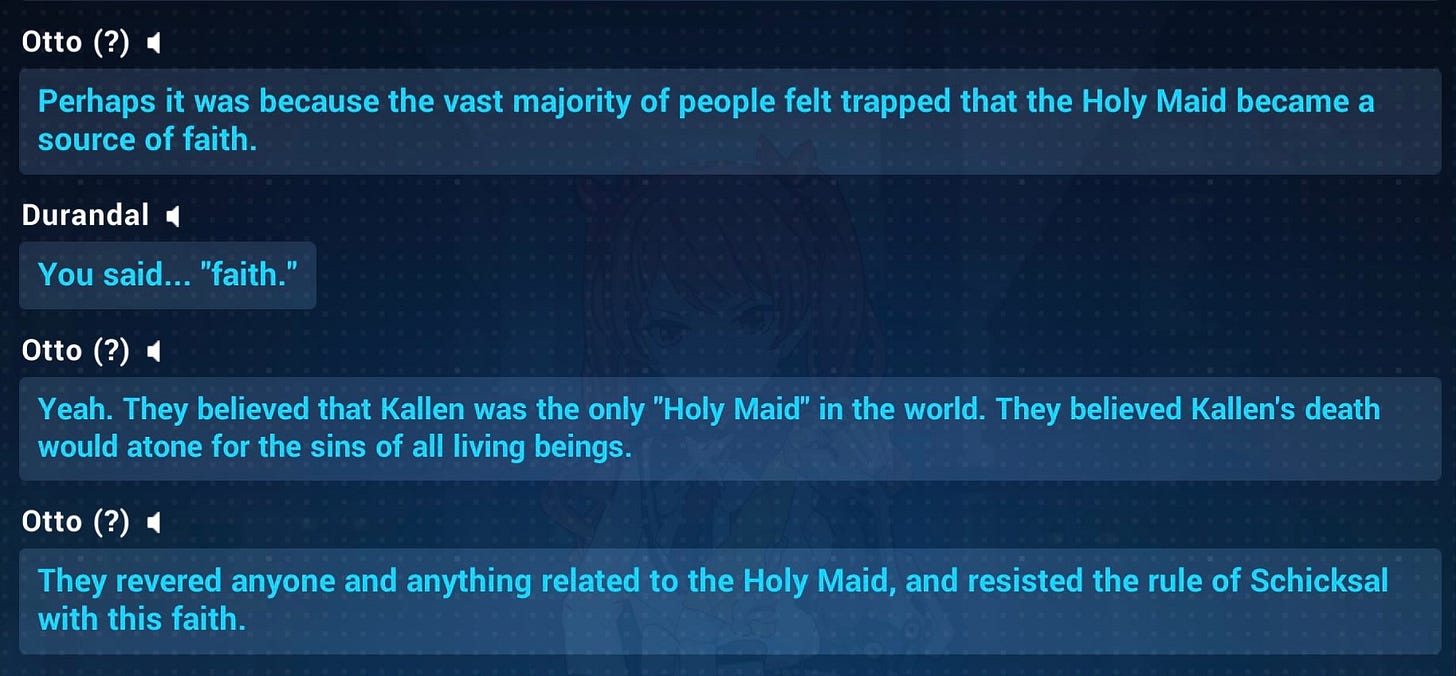
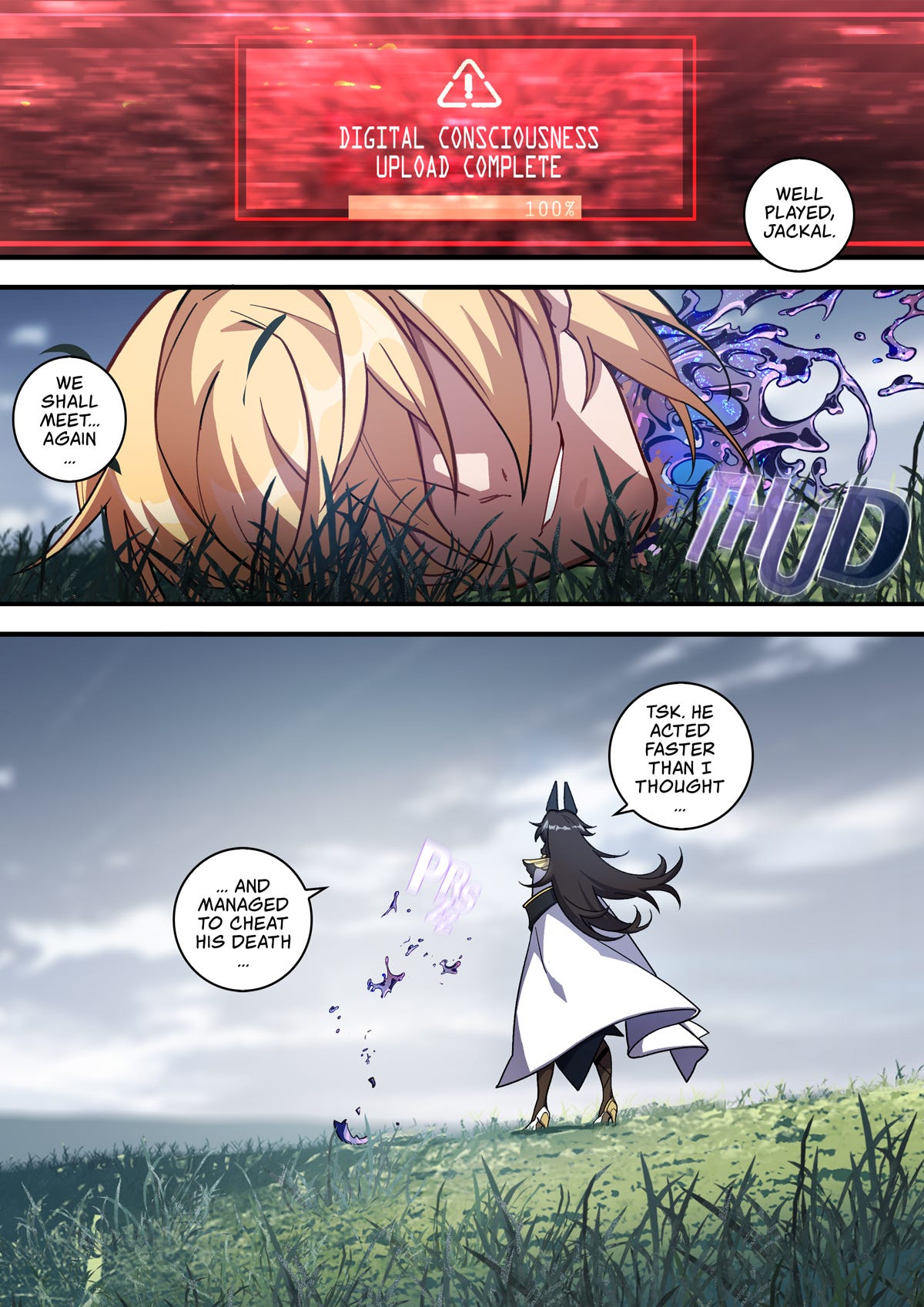

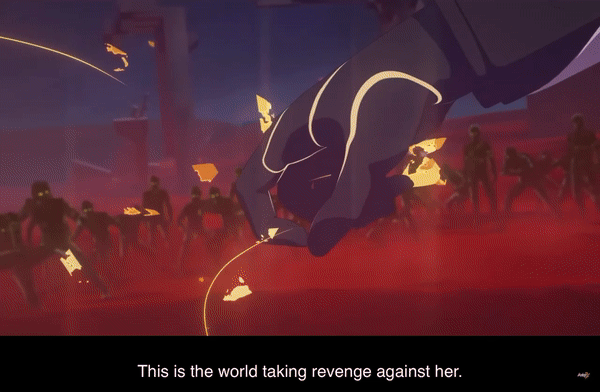


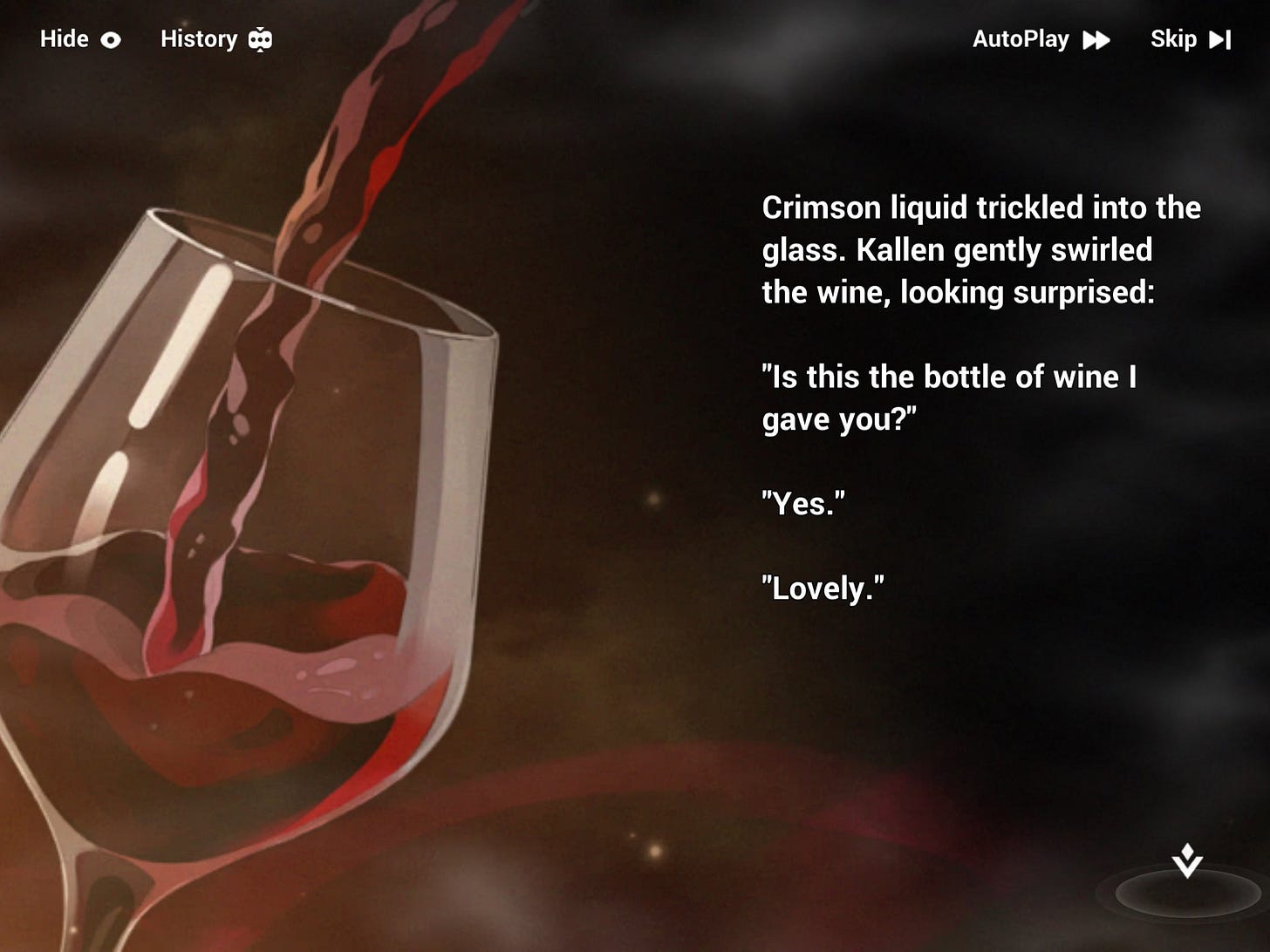

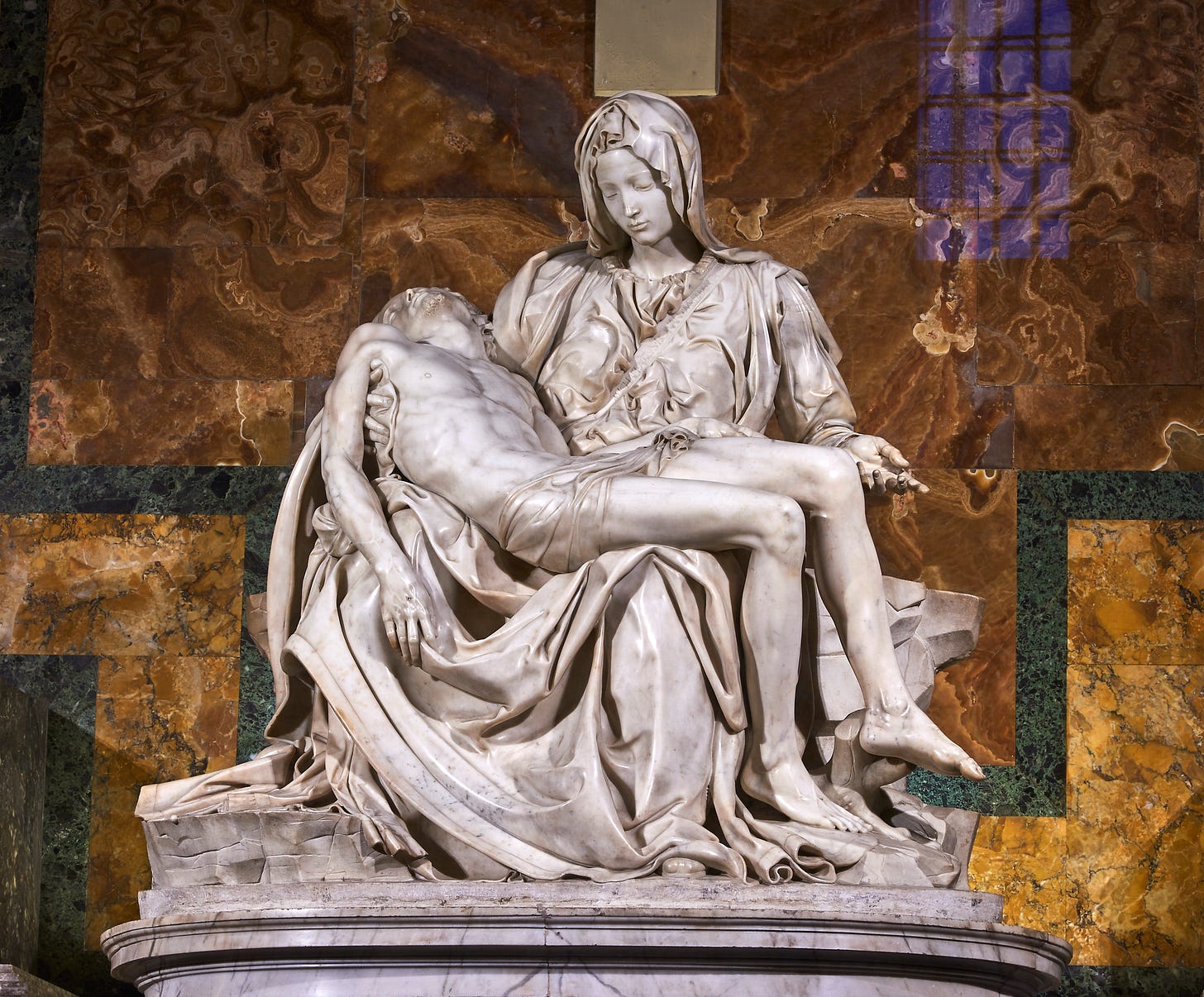


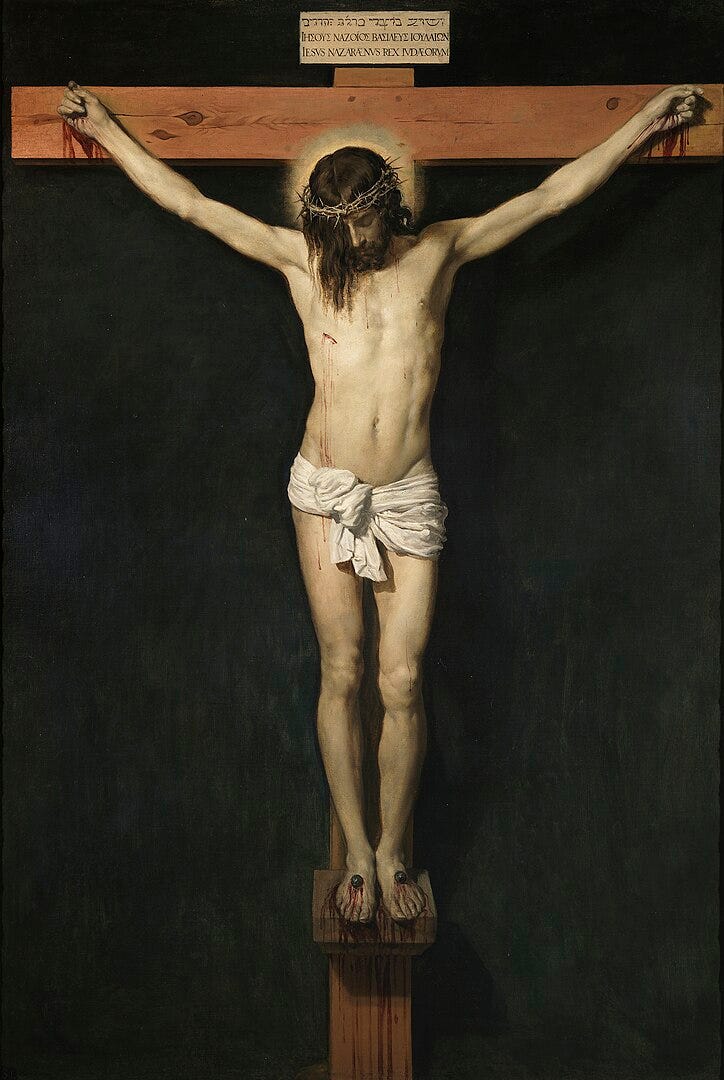

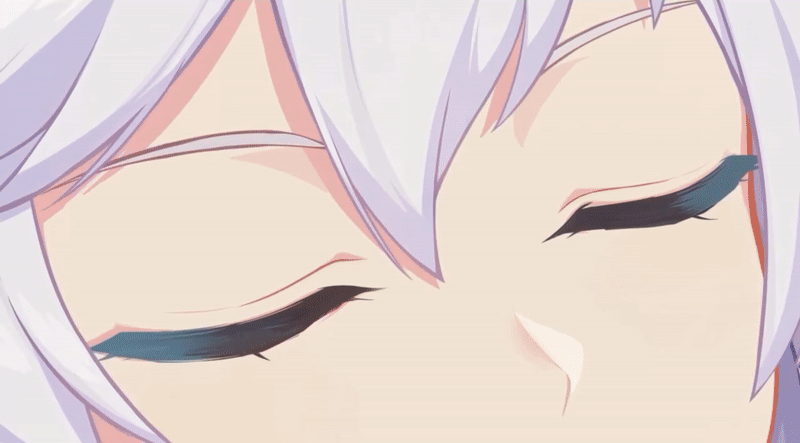
I like your text about Kallen as Jesus Christ. However, I don't agree with some parts. "Dark Sakura Tales", or better known as "Scarlet Sakura" exists on the Chinese Honkai Impact 3 site, although it appears to have been written for GGZ. Link: https://comic.bh3.com/book/
This webcomic has been removed from the English website. Same with the parts about Sakura/Kallen from "St. Freya High", also known as "Sakura's Membrance". There was a reason for that.
In "Dark Sakura Tales" there was another experiment with the black box and the conflict with Otto did not take place. In "St. Freya High", Kallen appears to have been hanged for reasons other than those shown in the game and its videos. The reaction of the onlookers was also different. In SFH you had the impression that Kallen was executed for her same-sex love. That's why people couldn't understand why she was hanged. In the game, the overseer feared an overthrow and tried to get rid of Kallen. Kallen and Schicksal in general are not very popular. So the people don´t seem to care about Kallens loss. So "St. Freya High" and "Dark Sakura Tales" are not related to "Elan Palatinus" and the game content. This should not be viewed as a unit. It is therefore a matter of interpretation whether Kallen was a lesbian. Which I personally rule out. Her last sentence to Otto was: "Maybe in another world.." in response to the wedding conversation and there was a timeline in GGZ in which Kallen lives happily with Otto. For me, Kallen is more bisexual. In any case, your article needs to be revised a little. But thanks for your hard word.